One Day in Copenhagen
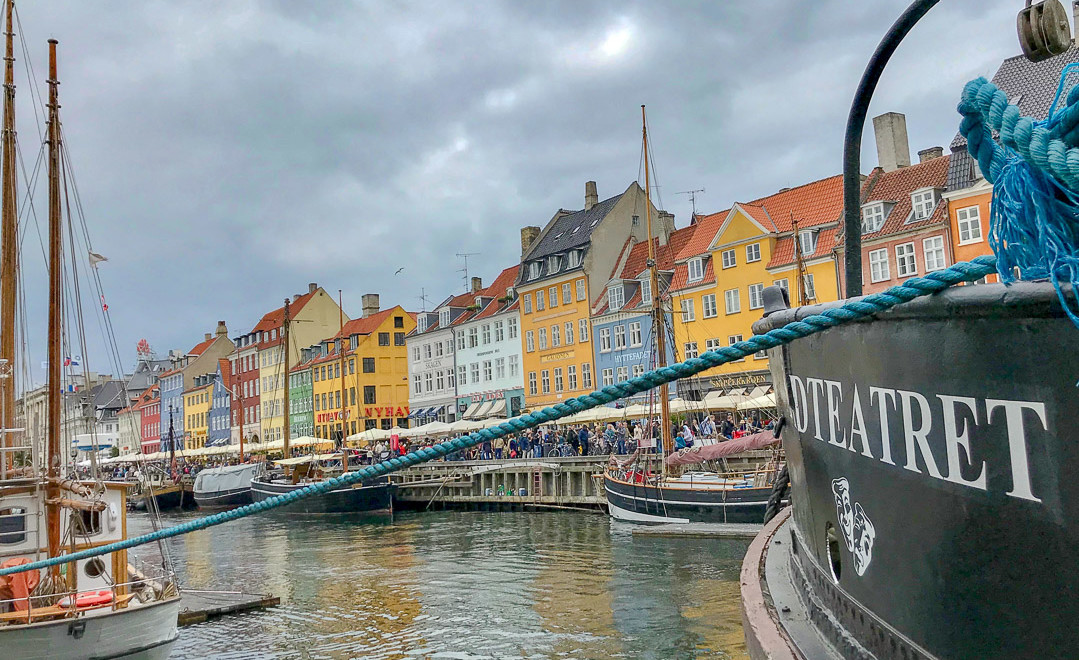
The scent of weed hung in the air. Colourful graffiti covered ramshackle cladding. People sat on milk crates, cradling drinks on upcycled tables. Eating. Chatting. Chilling. Bikes crowded the pavements in front of tumble-down buildings and brightly painted organic cafes, galleries and bars lined the streets. A strange warehouse stood on a corner, undecided as to whether it wanted to be a hardware store or a thrift shop, and “Legalise Nature” placards grew in number as we edged toward a laneway more suited to Asia than Europe. Tiny stalls dotted the pavement under strings of lanterns, street vendors hawking their wares. Weed. Hash. Muffins. And while I’m usually first in line at a cake stall, I was giving these baked goods a wide berth.
Colourful Christianshavn
Yes, I checked myself, we’re in Copenhagen not Amsterdam!
One apprehension about travelling Europe in a motorhome (despite the millions who’ve gone before us) had been that its size (in the hands of a couple of newbs) would prevent us venturing into larger cities. Yet just as planned, we’d parked up in an ideal marina on the outskirts and set out for the city centre on two wheels. Not only was it refreshing to get out amongst the locals on their daily commute, but we’d stumbled on this little gem of a suburb we’d never otherwise have found.
The alternative suburb of Christianshavn, where businesspeople, students, artists, hippies and traditional families live side by side dates back to the 17th Century when it was established as an independent merchant’s town. Although part of the main city, it is located on several artificial islands, separated from the centre by the inner harbour.
A street in Christianshavn (I only noticed the no photo sign when putting together this blog!)
As novel as it was, I was almost as pleased to leave Christianshavn as I’d been to discover it.
The narrow laneways made way for wide open canals and bike paths wound from island to island like a series of veins feeding the city. Cyclists pulsed their length, weaving, dodging and merging like a carefully orchestrated dance.
Then the dance stopped.
Copenhagen’s cycleways and intricate transport networks
Queues of riders grew as the path rose up ahead, opening to allow a procession of sailboats into the harbour before closing again and allowing the city to return to its buzz.
Originally established as a Viking fishing village in the 10th century, even Copenhagen’s name pays tribute to its origin as a harbour and place of commerce, (although the evolution and translation of this is a little convoluted to cover here). And after a series of military assaults in the 15th century, Copenhagen asserted its position as Denmark’s capital.
Tour boats, punts and yachts criss-crossed below the maze of elevated cycleways, music pumping from party boats, harbourside pubs . . . and shopping trolleys!? Blow-up dolls made a regular appearance and it seemed that aside from its position as a cultural, economic and governmental centre, on Saturday, Copenhagen was also buck’s party central.
The inner harbour with the colourful Nyhavn in the background
The cycleway crossed the inner harbour, dumping us unceremoniously in the middle of the colourful Nyhavn. The harbour, dug by Swedish prisoners of war in the 17th century, had been notorious for beer, sailors and prostitution and was even the home of Hans Christian Anderson for 18 years. But today, the colourful streets lined with bars and cafes throbbed only with a constant flow of tour buses and international visitors, inspiring us to beat a hasty retreat.
Nyhavn
Travelling long term, we’re selective about museums and galleries, but on hearing of the exceptionally well-preserved prehistoric artefacts at the National Museum of Denmark we were curious. And actively seeking solace from the crowds, we assumed the opportunity to check it out.
Perhaps a little too influenced by my schooling . . . and Bill Bryson’s views in A Short History of Nearly Everything . . . I have a sceptical outlook on the scientific assumptions drawn from subjective evidence. I mean, can we really assume prehistoric man was polygamous just from Mary Leakey’s footprints? But it seems Denmark’s geography and climate are ideal for the preservation of history, and the museum housed a number of thought-provoking pieces, including Tollard Man, a pre-Roman, Iron Age Corpse discovered in 1950 which, so well preserved, presented as a recent murder victim and saw the initiation of an investigation.
Learning little of Vikings, or anything beyond pre-history, the poorly curated museum saw us leaving disappointed, and with more questions than answers. But then what better to do while cycling the sunny streets than ponder . . . Did humans really descend from Neanderthals? How did early man even survive in this harsh climate? And was Tollard Man really thousands of years old? . . .
But disappointment aside, for anyone who wants to see a complete collection of every stone spearhead ever discovered, the National Museum is a must see.
Perfect weather and surroundings for a bit of contemplation
Just when it seemed stone spear heads would be the peak of the day’s excitement, Tivoli Gardens stepped up. Opened in 1843, the Danish amusement park is the second oldest in the world. Filled with vintage rides and showground attractions, it would be easy to lose an entire day in the fairytale landscape. Yet standing at the impressive gates, time was not on our side . . . and recalling the aftermath of my last rollercoaster ride I was harshly reminded I was not sixteen anymore. So Tivoli Gardens was rain-checked for a day offering more time to enjoy everything it had to offer.
Even from outside the gates Tivoli Gardens looks like a lovely place to explore
With the sun low in the sky, the wide well maintained bike lanes flushed us through the city like a couple of locals, detouring us past Christiansborg Palace. In an uncharacteristic moment of fantasy, I wanted to imagine Princess Mary sitting down to an evening meal beyond the regal walls. But alas, the Danish Royal Family actually reside miles from Copenhagen, and although several sections of the palace are used by the monarch, it’s more a parliamentary building than a royal house.
Christiansborg Palace
Canals filled with colourful boats criss-crossed our path and, leaving the big city buzz behind, we pedalled back toward the coast. The sun peeked out from behind the clouds, spilling onto beach barbecues, ball games and swimmers . . . even if the temperature hadn’t climbed beyond sixteen degrees. And as we pulled back into the idyllic marina where we’d set up camp we breathed the sea air, shrugging off the hustle of the day. It seemed that difficulty visiting big cities wouldn’t be an issue. Because as charming as it had been, one day in Copenhagen had filled our big city tolerance quota for many months to come.
Sunset over the marina where we were fortunate enough to spend three nights

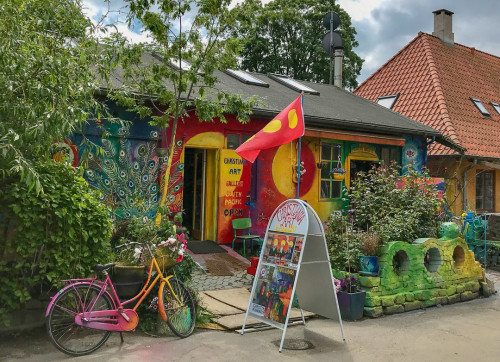
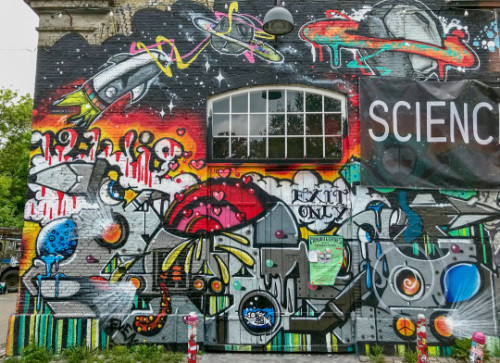

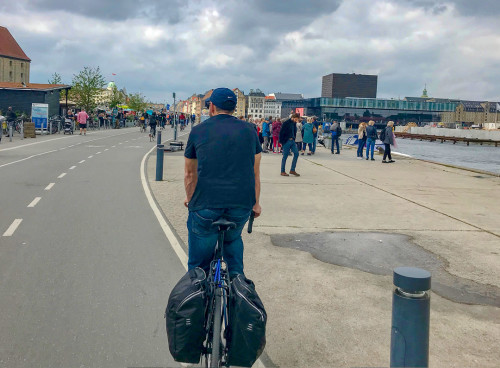
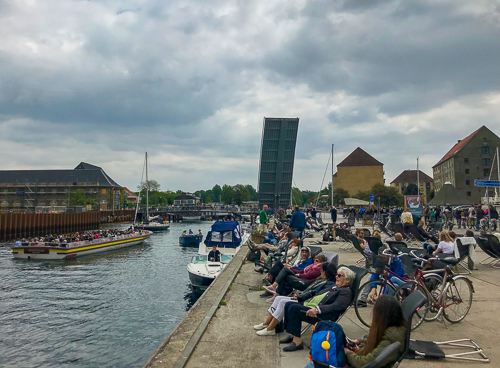
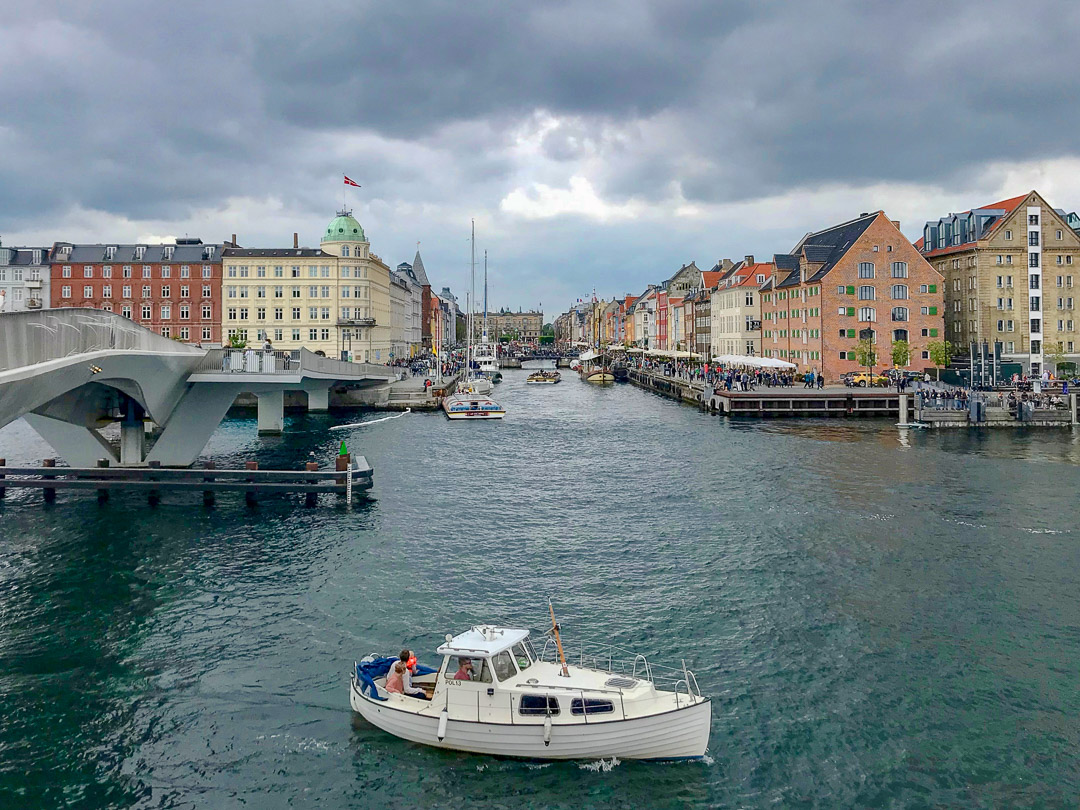


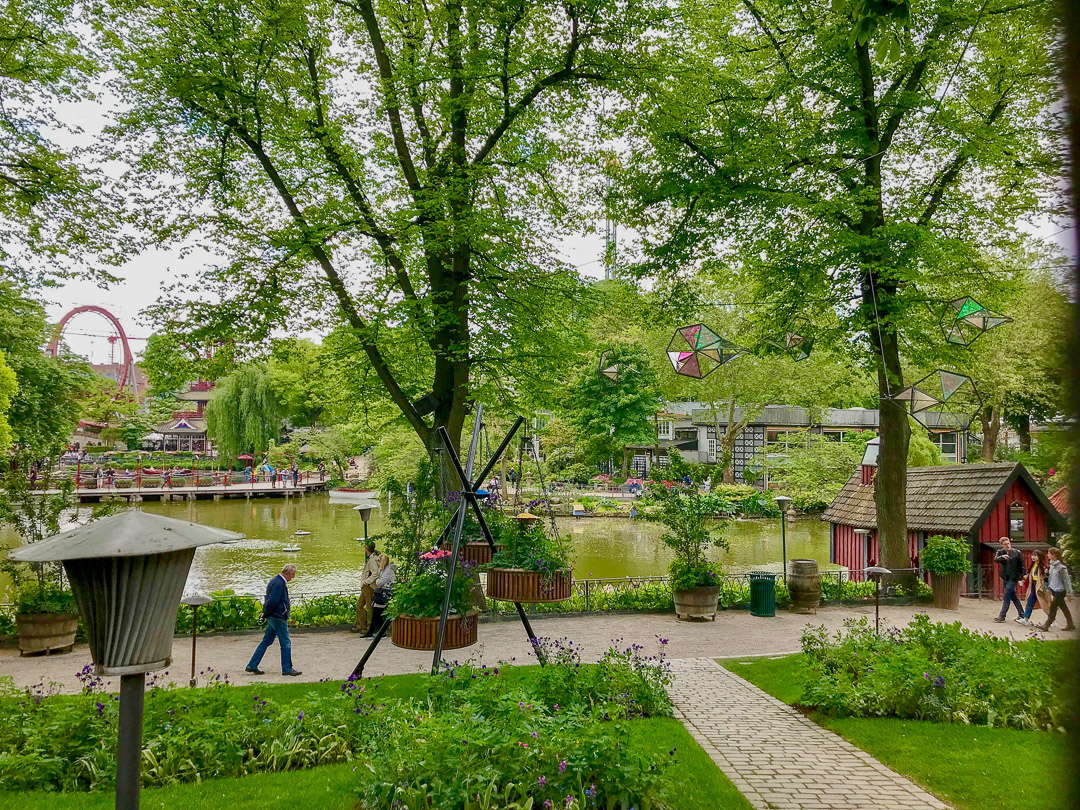

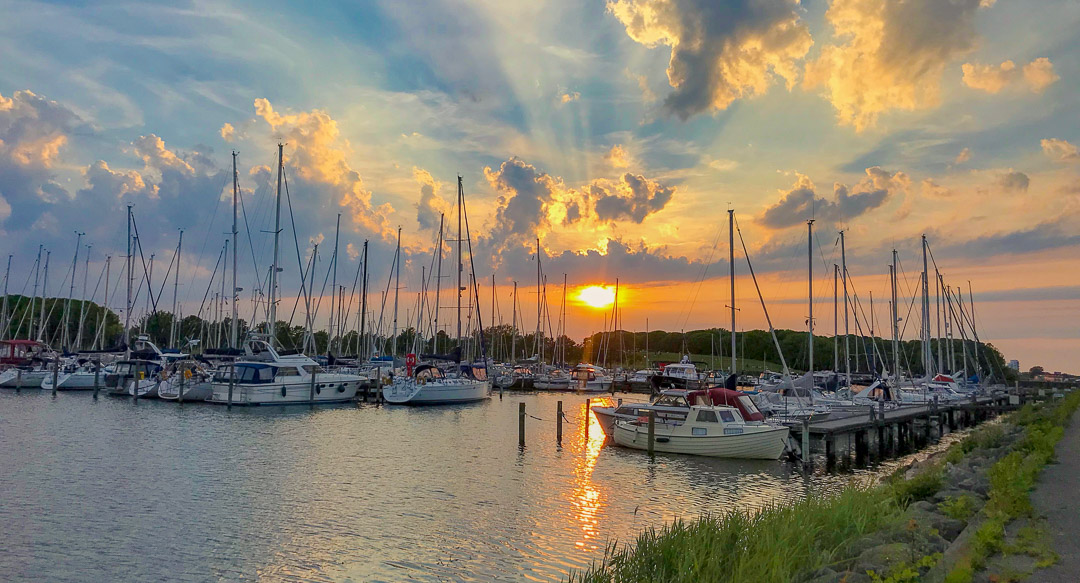
Well I truly liked reading it. This subject procured by you is very useful for correct planning. Francesca Matthaeus Devlin